Open Web Mind is a squillion nodes... connected by edges.
So what is an edge in Open Web Mind?
Here’s a clue: I just told you everything you need to know about edges.
Well... almost everything.
—
In Open Web Mind, a node can represent anything, and an edge can represent any connection between two nodes.
Take Einstein.
There’s a node in Open Web Mind that represents Albert Einstein:

What comes to mind when you think of Einstein?
His theory of relativity, of course:
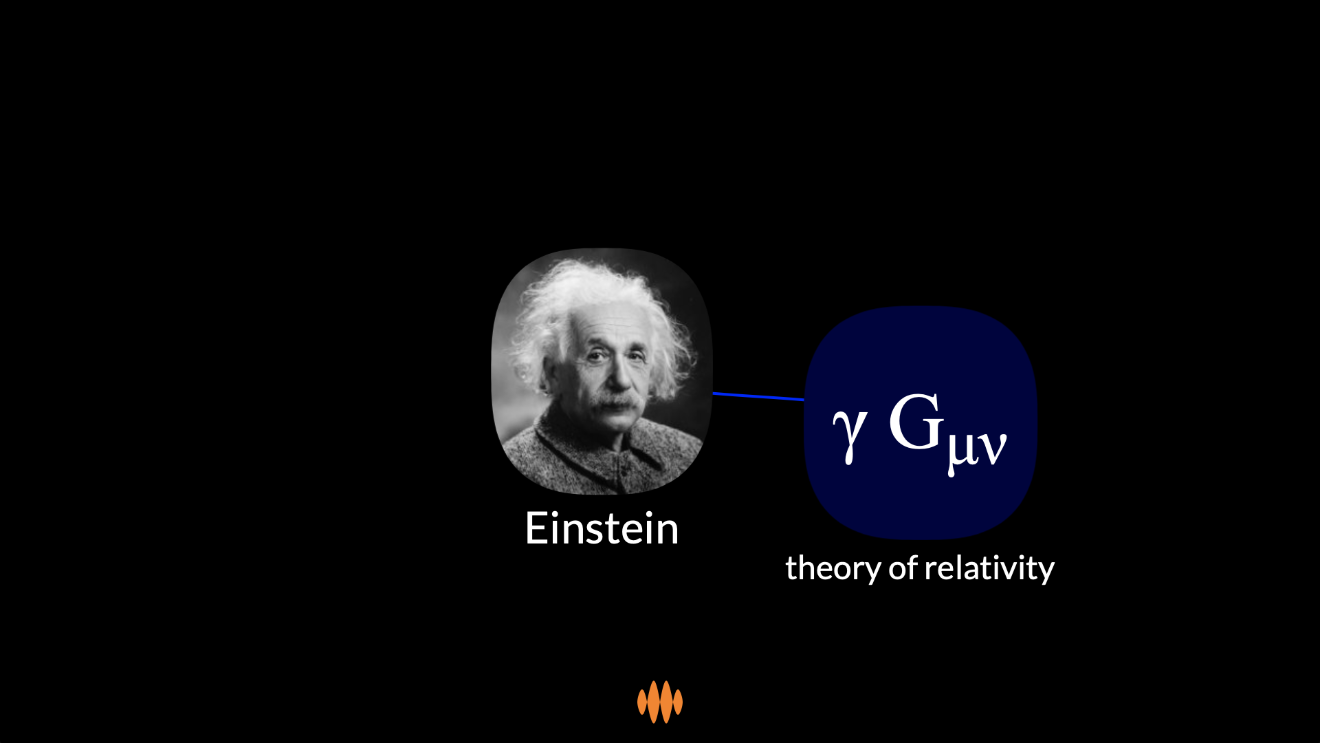
Also, that most famous of equations, E = m c2:
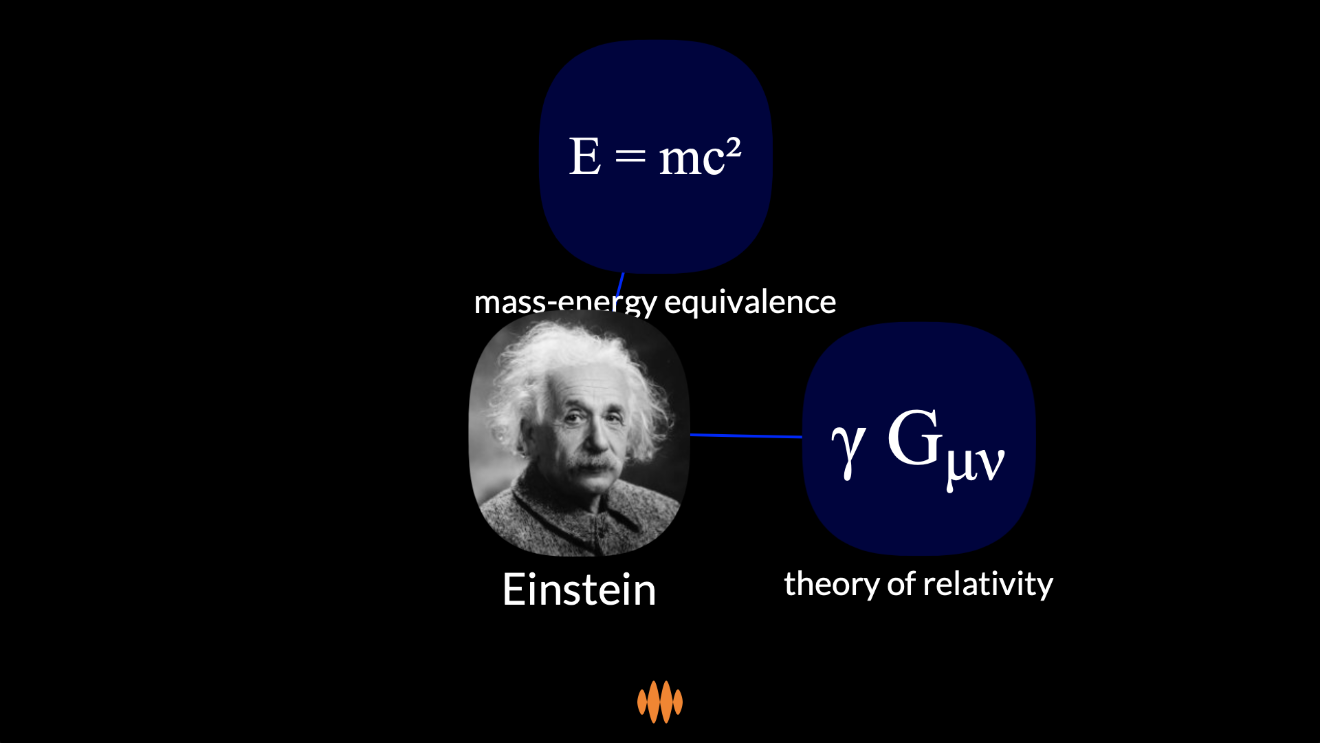
And, of course, all this is physics, Einstein being probably the most famous of all physicists:

These connections between Einstein and other ideas, such as relativity, mass-energy equivalence and physics, are represented in Open Web Mind as edges between the node representing Einstein and the nodes representing those other ideas.
What can and what can’t be an edge?
So if edges represent connections, what kinds of connections can be edges in Open Web Mind, and what kinds of connections can’t?
Well, relativity and mass-energy equivalence are high-faluting ideas, but Einstein, regardless of his popular image as a genius, can be connected to low-faluting ideas, too.
That popular image of him as a genius, for example, can be represented as an edge between the node representing Einstein and the node representing genius:
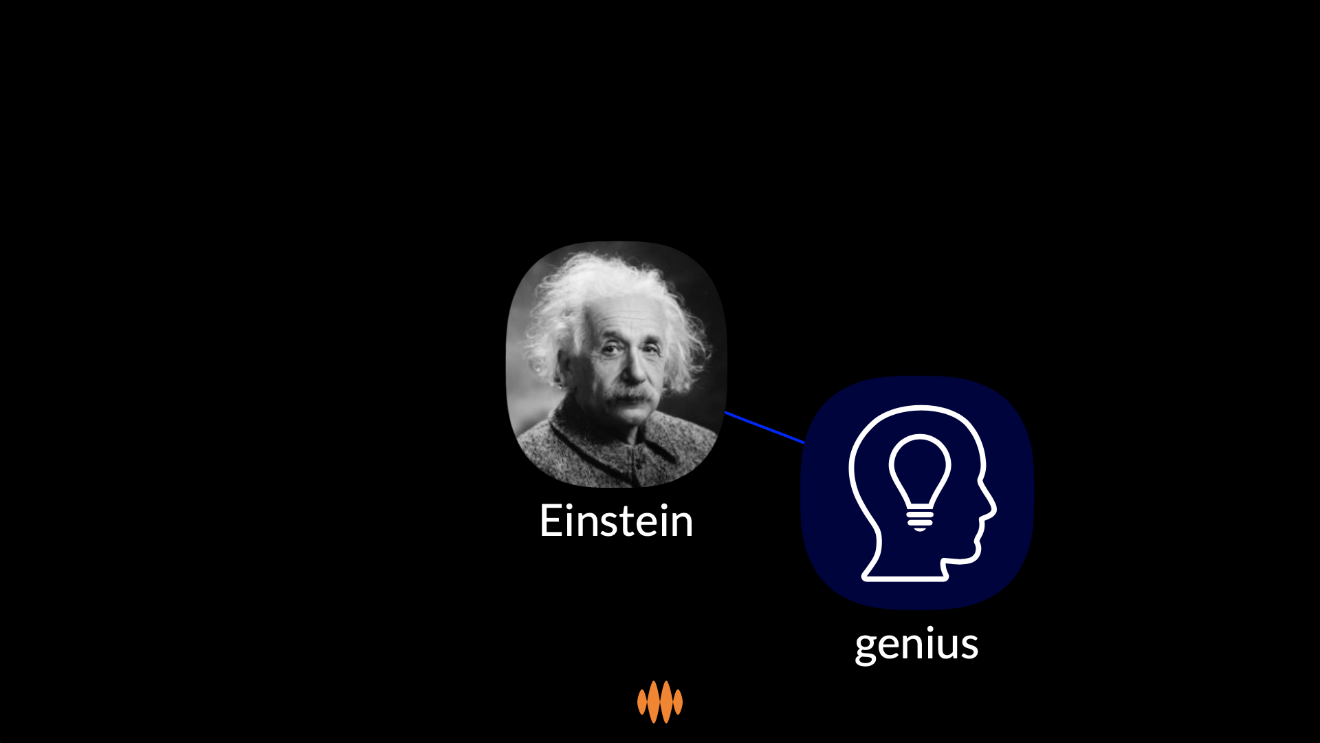
And Einstein’s theory of relativity, well, that’s often thought of by physicists as two separate theories, general relativity and special relativity.
So we need to decide whether to connect Einstein by a single edge to the theory of relativity, or by two separate edges to general relativity and special relativity, right?
Wrong.
I don’t know about your mind, but in my mind, Einstein is associated with the theory of relativity (it just rolls off the tongue, doesn’t it: Einstein’s theory of relativity)...
and Einstein is associated with general relativity:
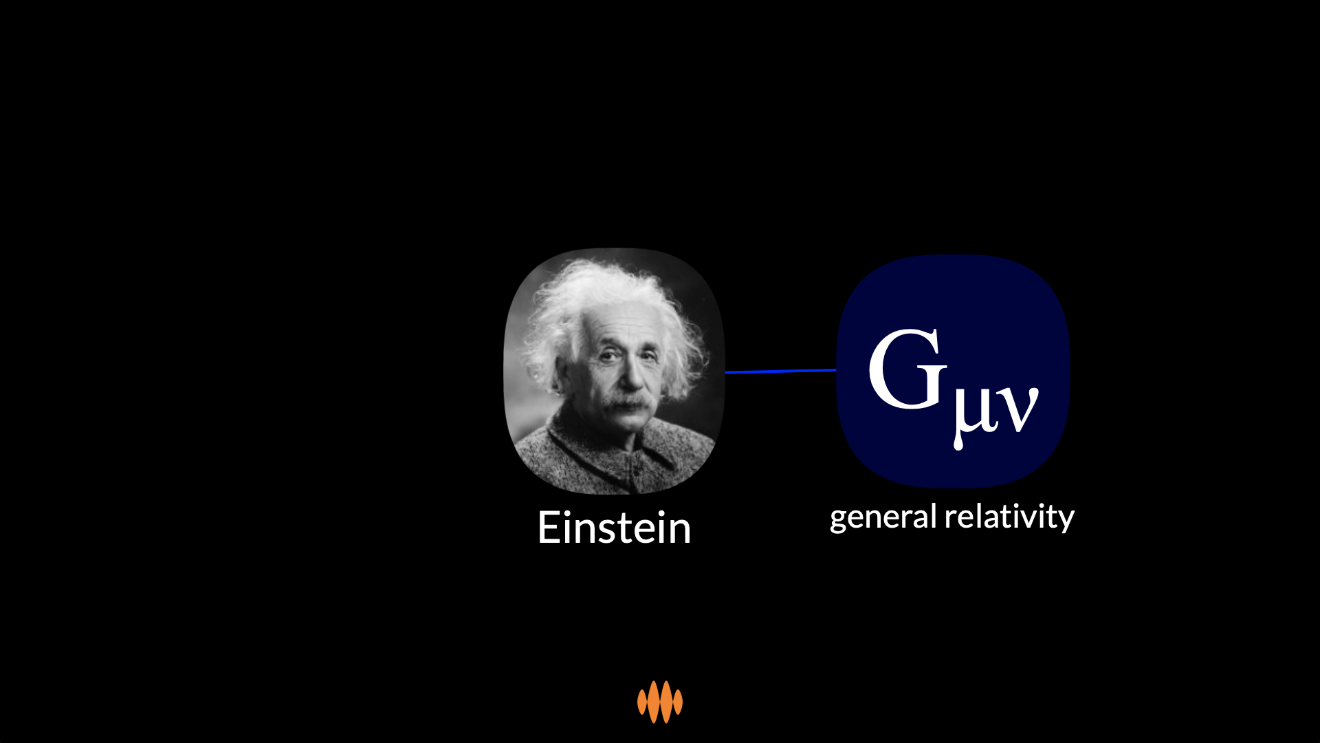
and Einstein is associated with special relativity:
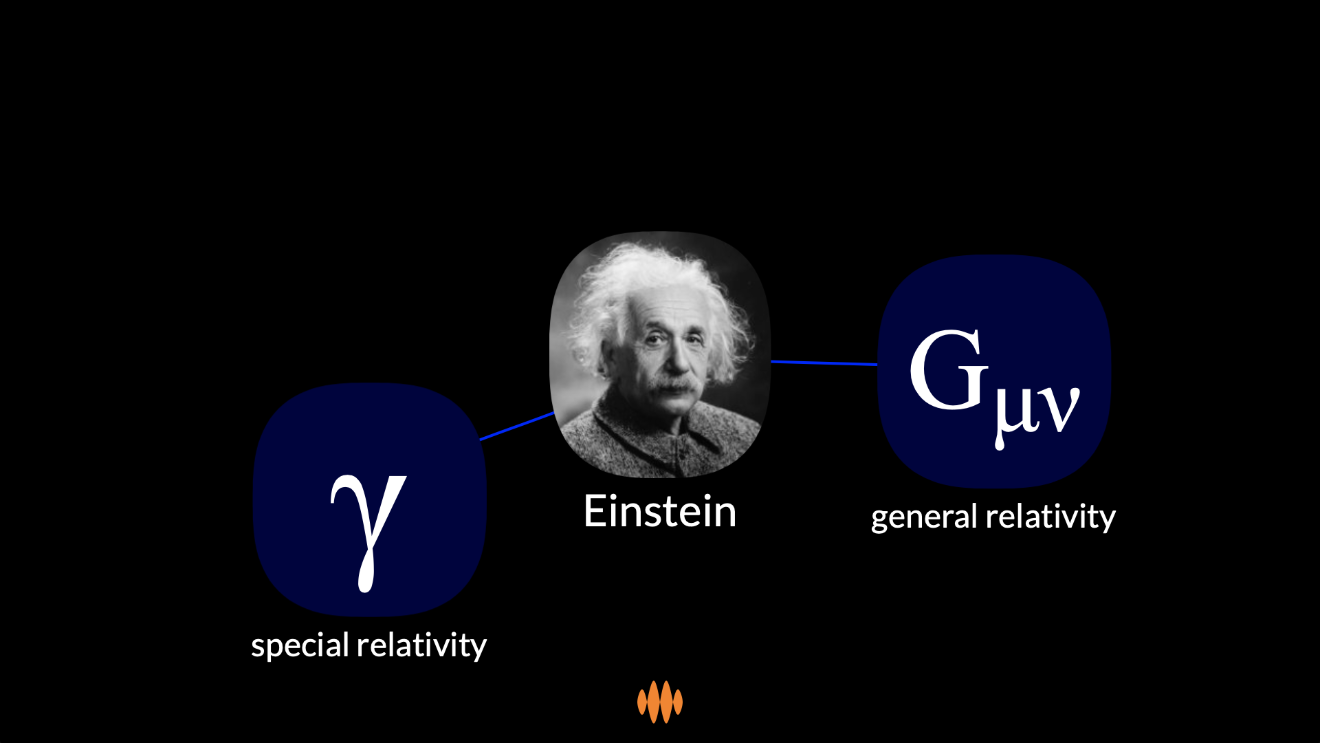
Sure, in a physics textbook, we might seek a precise delineation between general relativity and special relativity, and we might spurn such an imprecise idea as Einstein’s theory of relativity.
But our minds aren’t so pedantic.
It’s two theories. It’s one theory. Our minds can handle both ideas at the same time.
So can Open Web Mind.
As F. Scott Fitzgerald wrote: “the test of a first-rate intelligence is the ability to hold two opposed ideas in the mind at the same time”.
What else might Einstein be connected to? Well, he was born a German citizen, spent most of his adult life a Swiss citizen, and died an American citizen, so he’s connected to Germany:

Switzerland:

and America:

You can see how much more flexible the knowledge hypergraph can be than, say, a database. Was Einstein German? Was he Swiss? Was he American? Well, yes, yes and yes, but also no, no and no.
You can find endless arguments on the Wikipedia page for Albert Einstein about whether he was German, German-born, born in the German Empire, and so on. I have no wish to weigh in on those arguments. What I know for sure is that there’s a connection, in most people’s minds, between Einstein and Germany.
His theories may have been sublime, but Einstein could be ridiculous, too. He loved sailing, but he was famously terrible at it, to the point of regularly capsizing and requiring rescue:
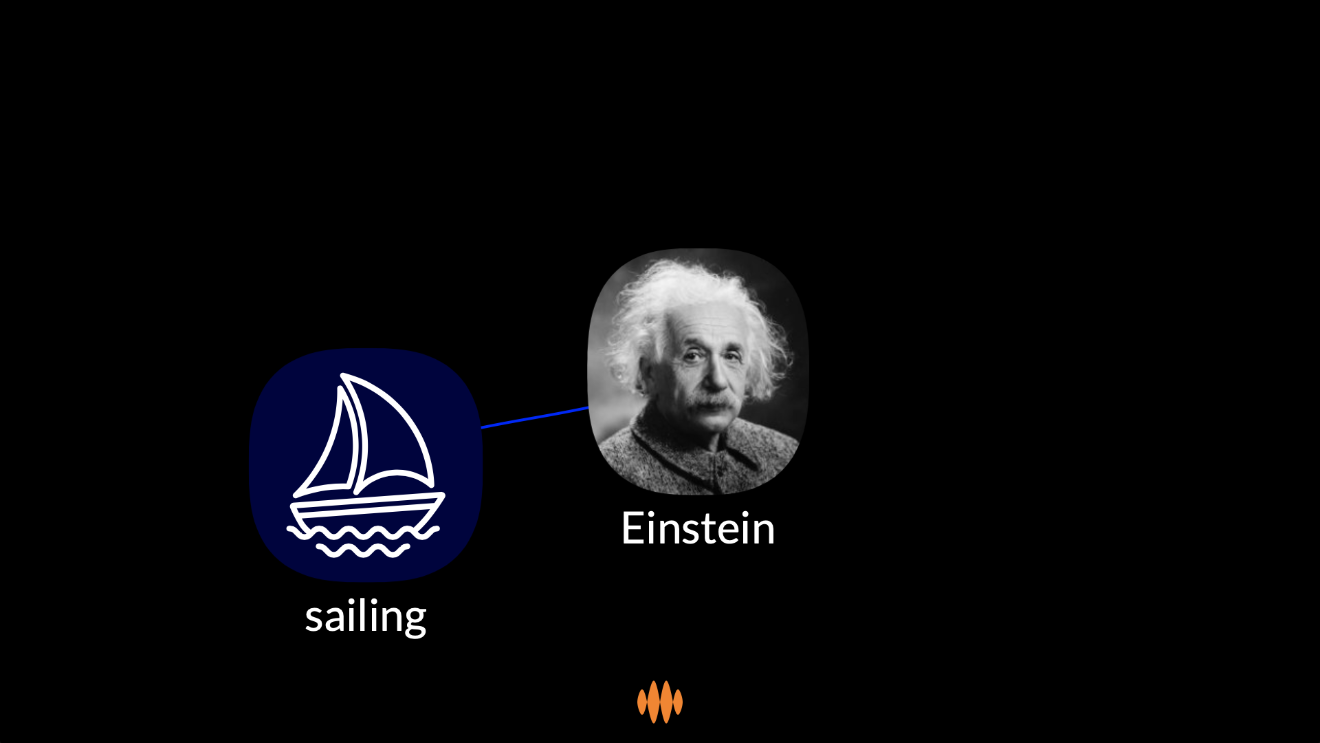
Our minds contain multitudes: truths and misconceptions; consistencies and contradictions; precisions and imprecisions; sublime theories and ridiculous trivialities.
What can and what can’t be an edge in Open Web Mind?
Just as a node can represent anything, an edge can represent any connection between nodes.
On fire
You may have noticed that in previous articles, I’ve been talking about the knowledge hypergraph, not the knowledge graph.
So you may be wondering why, in this article, I’ve been talking about edges, not hyperedges.
Well, edges, which connect two nodes, represent a loose association between those nodes, while hyperedges, which connect three, four or five nodes, capture a connection between nodes more precisely.
Hyperedges? I’ll get there.
You may also be wondering, so, Open Web Mind has nodes, and it has edges, and, well, so what?
Well, you may also have noticed that the nodes and edges of Open Web Mind look a little like the neurons of the human brain.

That’s no coincidence.
Just as the firing of neurons along axons and dendrites in the human brain allow us to move from idea to idea in our minds, allowing each of us to think, so the firing of nodes along edges and hyperedges in the knowledge hypergraph allow us to move from idea to idea in Open Web Mind, allowing all of us to think together.
Think? I’ll get there too.







